 |
In the opening match of the 2025 FIFA Club World Cup, Lionel Messi stepped out onto the Hard Rock Stadium in Miami like a vedette at a music show, appearing last and stealing the show. The effect was incredible. The shout of “Messi” electrified the atmosphere, leading to a roar from the 60,927 spectators.
This wasn’t actually a show to celebrate Messi (though it was), but rather part of a change in FIFA’s script. Instead of players from both teams lining up on the pitch as they used to, at the 2025 Club World Cup they will wait in the tunnel for their names to be called, then run out. Teams are free to choose the order in which they appear, with one mandatory exception: after the goalkeeper, the captain must be the last.
Chelsea midfielder Romeo Lavia admits the protocol is a bit "showbiz", but he still enjoys it for the novelty and the sense of being celebrated. Lavia is not sure if it would work in the Premier League in cold conditions, though, as standing in the cold rain waiting for others would be uncomfortable.
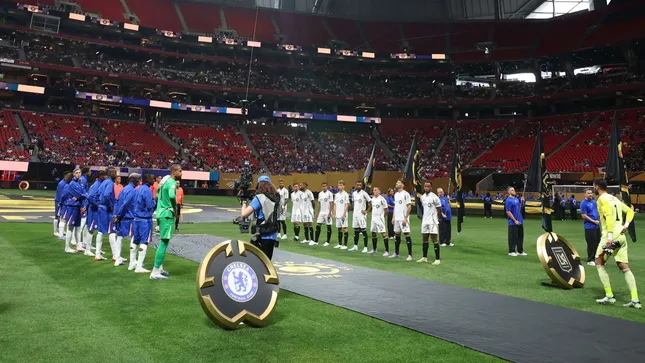 |
Players conduct a ceremony to introduce themselves to the audience before entering the match at the FIFA Club World Cup 2025. |
It's actually a simulation of the debut ceremonies in American sports leagues, including the NBA and NHL, as well as other individual sports like boxing and track and field, where individual athletes appear to attract media and fan attention.
The fact that the 2025 Club World Cup will be held in the US means that football needs to change to suit the tastes and broadcasting habits of American television, is one explanation. However, this detail shows a truth: football is becoming more and more "Americanized".
In the process of "Americanization", the Organizing Committee accepted the cumbersome launching ceremony that could cause matches to be delayed (like the Chelsea vs. Los Angeles match starting 3 minutes late), while creating a series of new American-style features, such as adding performance elements (music, fireworks) or increasing the presence of technology, from referee cameras, AI offside detection to substitutions via tablets. In addition, fans can also role-play and interact with players and tournaments through online applications, similar to Disneyland.
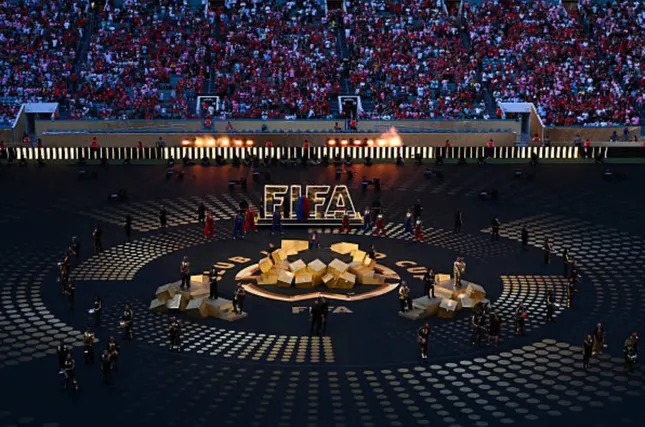 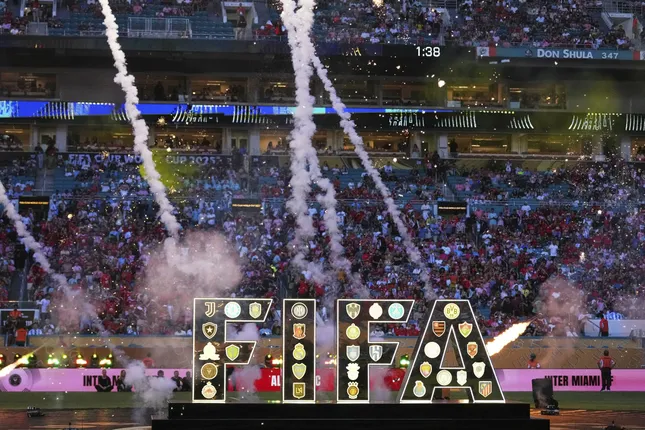 |
Soccer becomes a memorable experience when played in American stadiums. |
This was inevitable, commentators say, given that the US has become "the most valuable commercial soccer market," as MLS Commissioner Don Garber put it. "The US is now the ATM of the soccer world , after we've increased the commercial value of the game," he said.
For many years, while the rest of the world was fascinated by soccer, America was only interested in football, basketball and baseball, or tennis and golf. But over the past decade, things have changed. Americans have become passionate about soccer, and American investors have become owners of many major European clubs. As American interest has peaked, organizers have flocked to exploit America's commercial and economic power.
In 2016, the Copa America - the South American championship - was held in the United States for the first time. Eight years later, in 2024, it will return again. Then there is the FIFA Club World Cup, which is taking place in 12 stadiums and 11 cities across the United States. Next year comes the 2026 World Cup, the most spectacular global festival, followed by the 2028 Olympics and the 2031 Women's World Cup. Not to mention the series of tours of the big European clubs in the United States every summer.
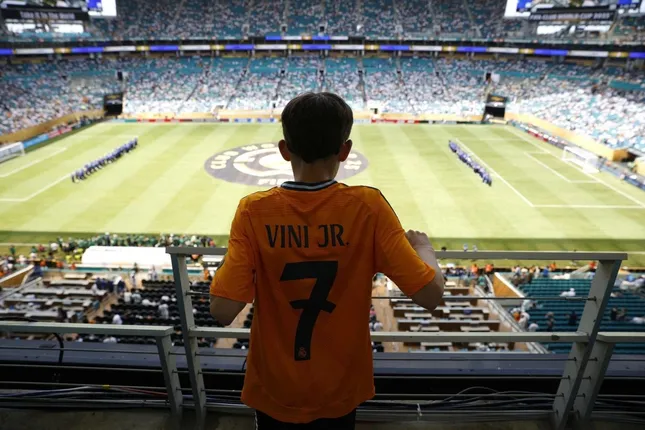 |
Watching football is considered an expensive pastime in America. |
When soccer came to America, it was not just commercialized, it was industrialized, with the goal of extracting as much financial value from the consumer as possible. Let’s be honest, watching soccer is an expensive experience in America. Why would FIFA design such an attractive, interactive service in the stadium, despite the expense? Simply because they know that American fans are willing to pay for the experience.
That’s why tickets for the FIFA Club World Cup final can cost up to $2,600 before taxes and fees. Because FIFA sells tickets on a dynamic pricing model, prices will increase even more when demand is high. Last year, tickets for the 2024 Copa America final ranged from $1,670 to nearly $97,900 on resale sites.
Many group stage matches saw empty stands, forcing FIFA to slash ticket prices to attract fans. Many matches were priced as low as $20. But even when tickets were cheap, the real cost was huge, due to travel, parking, food and drink, and other value-added services.
FIFA also recently announced that 1.5 million tickets have been sold. This means that demand for Club World Cup matches remains high, and is concentrated in the knockout rounds. Clubs that advance to the next round will also attract a large number of fans, making FIFA less worried about tickets, while still confidently declaring the tournament a huge success.
Source: https://tienphong.vn/bong-da-ngay-cang-my-hoa-va-dieu-nay-thay-ro-tai-fifa-club-world-cup-2025-post1752848.tpo


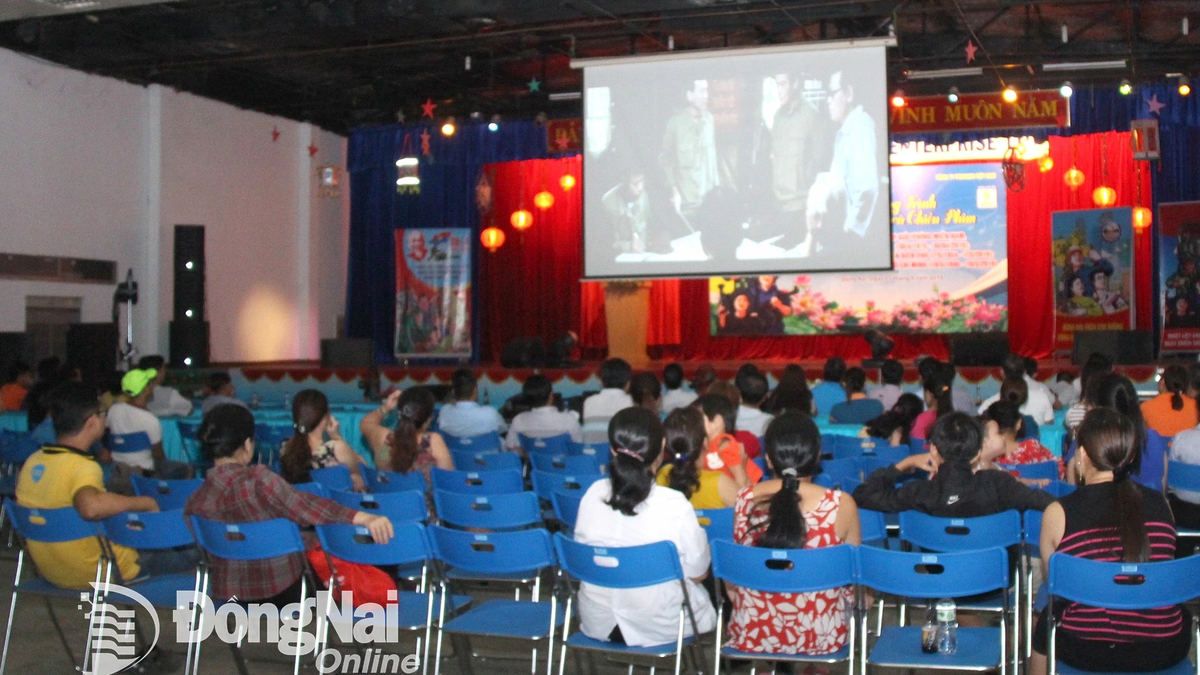

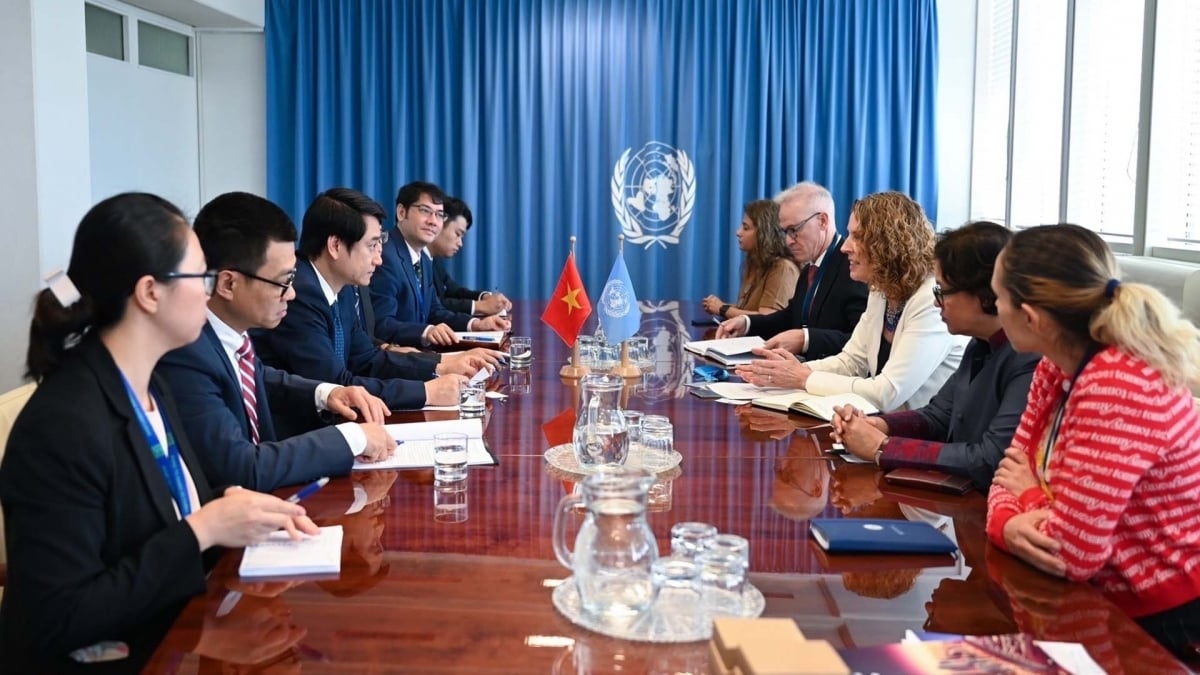





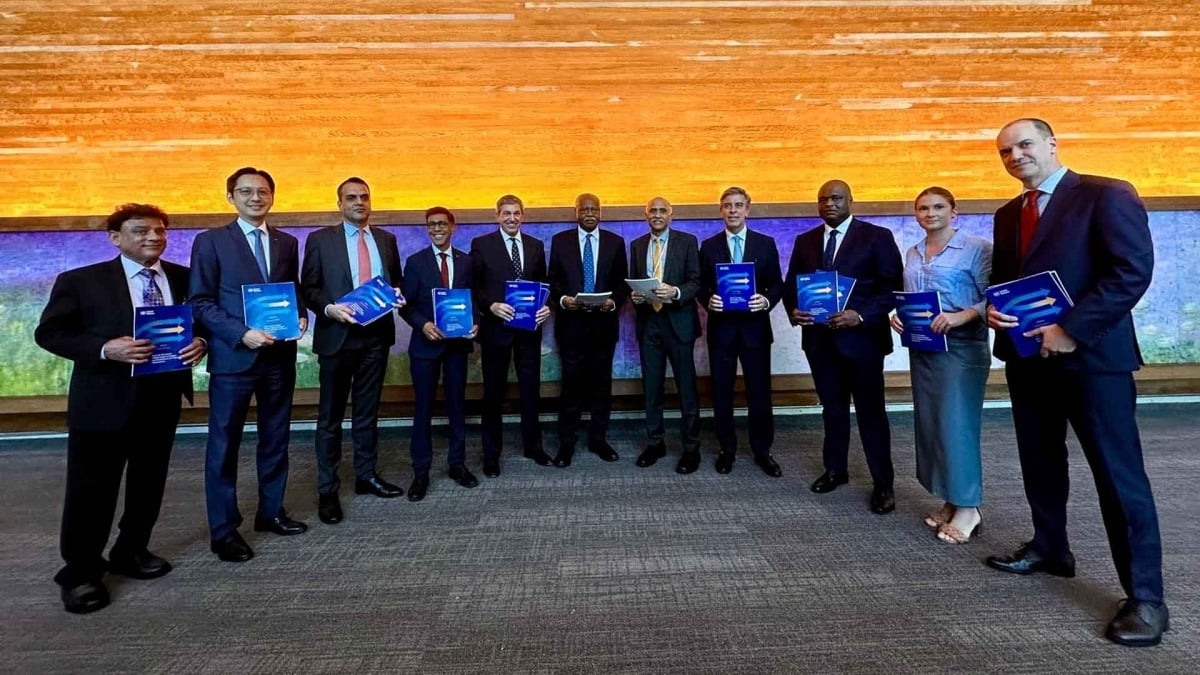



















































































![[Infographic] In 2025, 47 products will achieve national OCOP](https://vphoto.vietnam.vn/thumb/402x226/vietnam/resource/IMAGE/2025/7/16/5d672398b0744db3ab920e05db8e5b7d)





Comment (0)